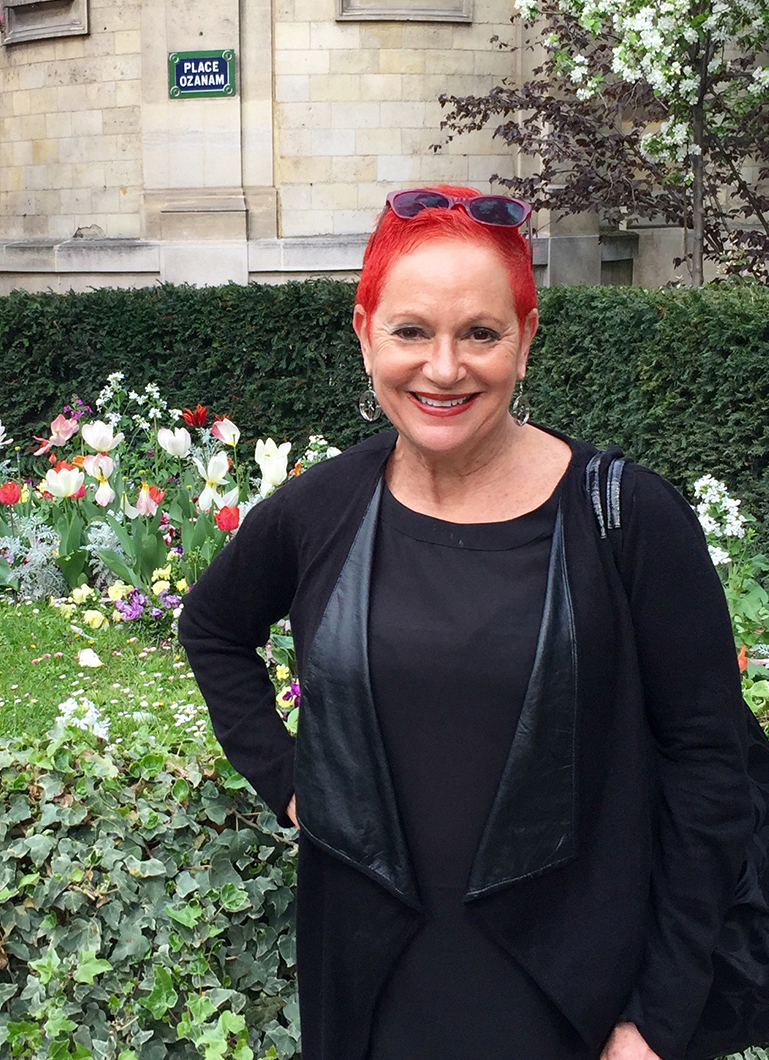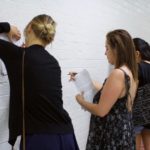Professor Weingarden Applies Neuroaesthetics to Art History in New Publications
 In her recent research, publications, and collaborations with students, Professor Lauren Weingarden applies neuroscience to the art viewer’s experience of contemporary installation art and nineteenth-century French modernity.
In her recent research, publications, and collaborations with students, Professor Lauren Weingarden applies neuroscience to the art viewer’s experience of contemporary installation art and nineteenth-century French modernity.
Dr. Weingarden is the co-author of “Do You Feel Like I Do? A Study of Spontaneous and Deliberate Emotion Sharing and Understanding Between Artists and Perceivers of Installation Art,” in Psychology of Aesthetics, Creativity, and the Arts, published by the American Psychological Association on October 22, 2018. This publication is based on an interdepartmental experiment measuring visitors’ experiences of installation art works designed by Florida State University MFA students. The project was held at FSU’s Carnaghi Arts Building in April 2017, and was a collaboration with her Spring 2017 undergraduate and graduate Installation Art Seminars. Students created the art works, administered the experiments, and designed, monitored, and tabulated the surveys. Cognitive psychologist Dr. Matthew Pelowski of the Empirical Visual Aesthetics (EVA) Lab at Vienna University designed questionnaires tracking the spectator’s cognitive, emotive, and transformative responses. This project is the first part of Dr. Weingarden’s larger enterprise to model an “experiential neuroaesthetics,” a collaboration between art history, cognitive psychology, and neuroscience.
Prof. Weingarden is also the co-author of “Cognitive and Neuroscientific Approaches to the Arts,” which was first published in Choice, the journal of the Association of College and Research Libraries, in December of 2018. Her collaborator, Dr. Travis Nygard, is an Associate Professor of Art History at Ripon College. Dr. Weingarden presented another paper, “Obscenity on Display: Obscuring Desire in Second Empire Paris,” at the “Celebrity/Obscurity : 44th Annual Nineteenth-Century French Studies Colloquium,” held in Manhattan Beach, CA, on October 25-27, 2018. In this paper, she examines the celebrity/obscurity binary as it mirrors the verbal/visual discourse on pornography and censorship during the Second Empire. Prof. Weingarden uses cognitive linguistics and neurobiological models to establish how institutional anger and condemnation of obscenities conceals inadmissible, embodied disgust and desire.




